5 Ancient Rituals That Protected Against The Undead
For centuries, numerous cultures have invented rituals to prevent and protect against zombies. Zombies have been a persistent part of storytelling for many societies, and the rituals created to protect against them have been diverse and...creative, let's say.
Presenting a great variety of spiritual rituals, each society has come up with its own unique means to protect against the imagined undead menace. We now have more details about some of these rituals thanks to archaeological research.
When it comes to ancient, supernatural arts, there are even some you can still use today. Tap into the 4,000-year-old science of Numerological Analysis with a FREE Numerology video report!
That's right, the numerology of your birth date, regardless of your Zodiac sign, can help you discover detailed information about who you truly are and what is hiding in your subconscious. You won't believe how accurate it is!
The Living Dead
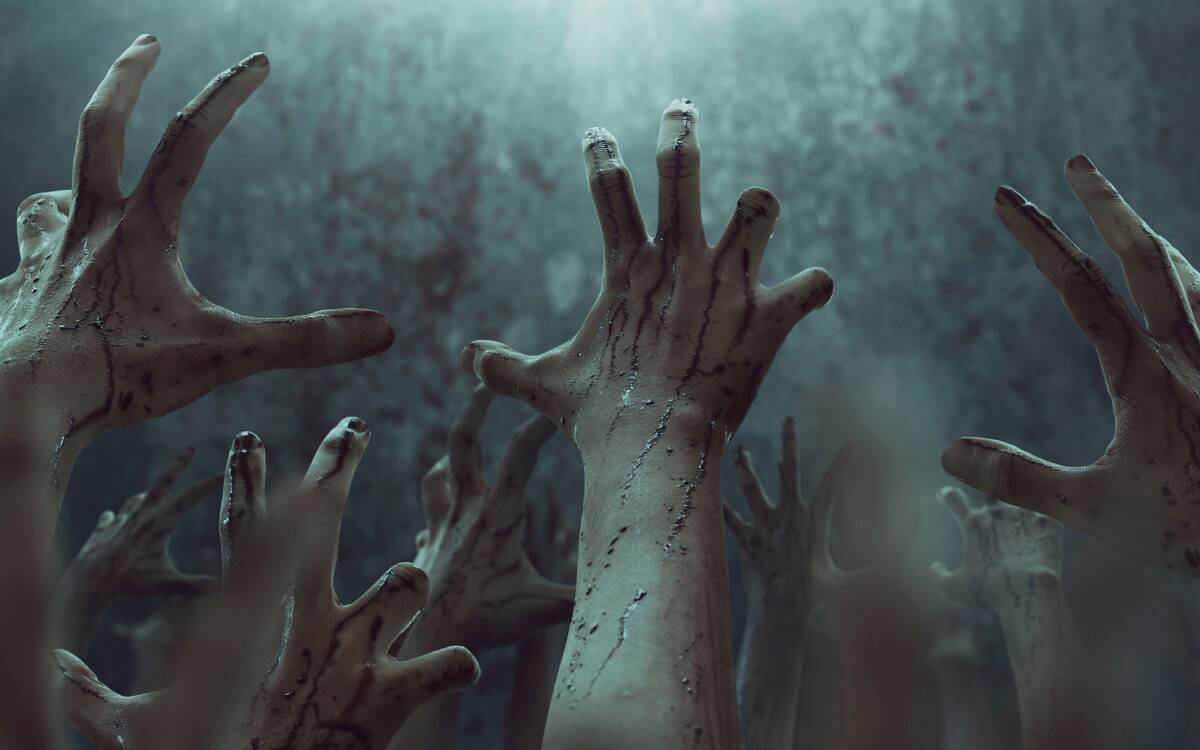
Zombies appear to be an increasingly common theme in pop culture these days. From movies to TV shows to video games and beyond, the idea of a zombie apocalypse is always floating around the public consciousness. Whether or not it's a real fear depends on who you're talking to, but it's a concerning thing to imagine regardless.
And this appears to have been the case for centuries now, as archaeologists have discovered evidence of zombie-preventing rituals across the world dating back to ancient times.
Turkey - Nailing Coffins
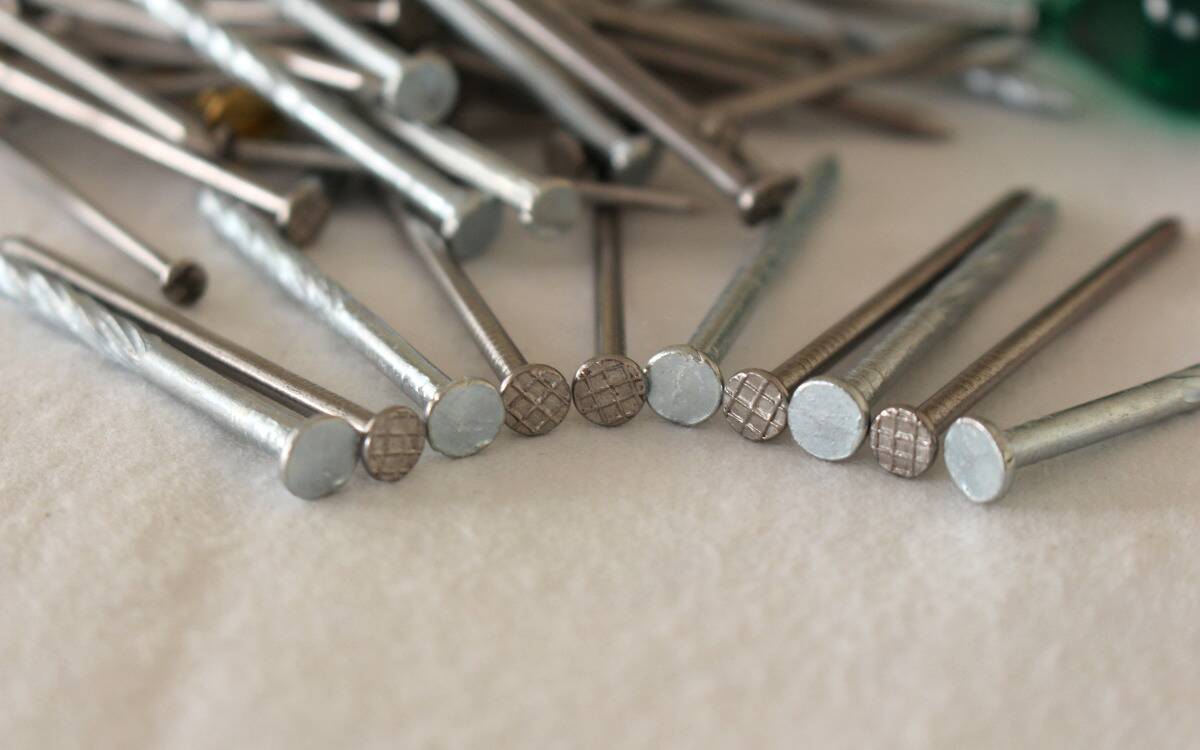
The concept of nailing down a coffin to secure the lid isn't new, having been found even in ancient Roman society, but old Turkish cremation pit findings suggest something more.
Researchers found unique bent nails in the pit, and believe it to represent a 'magical barrier' of sorts that would also pin down the bodies buried there, preventing them from rising from their firey grave. They were discovered scattered, but at the time of their use, they were likely placed on a smoldering pyre and covered in a layer of lime.
The team labeled this act as 'zombie suppression,' writing, "The combination of nails and bricks designed to restrain the dead with the sealing effect of the lime strongly implies a fear of the restless dead. Regardless of whether the cause of death was traumatic, mysterious or potentially the result of a contagious illness or punishment, it appears to have left the dead intent on retaliation and the living fearful of the deceased's return."
Greece - Weighing Down Revenant Bodies
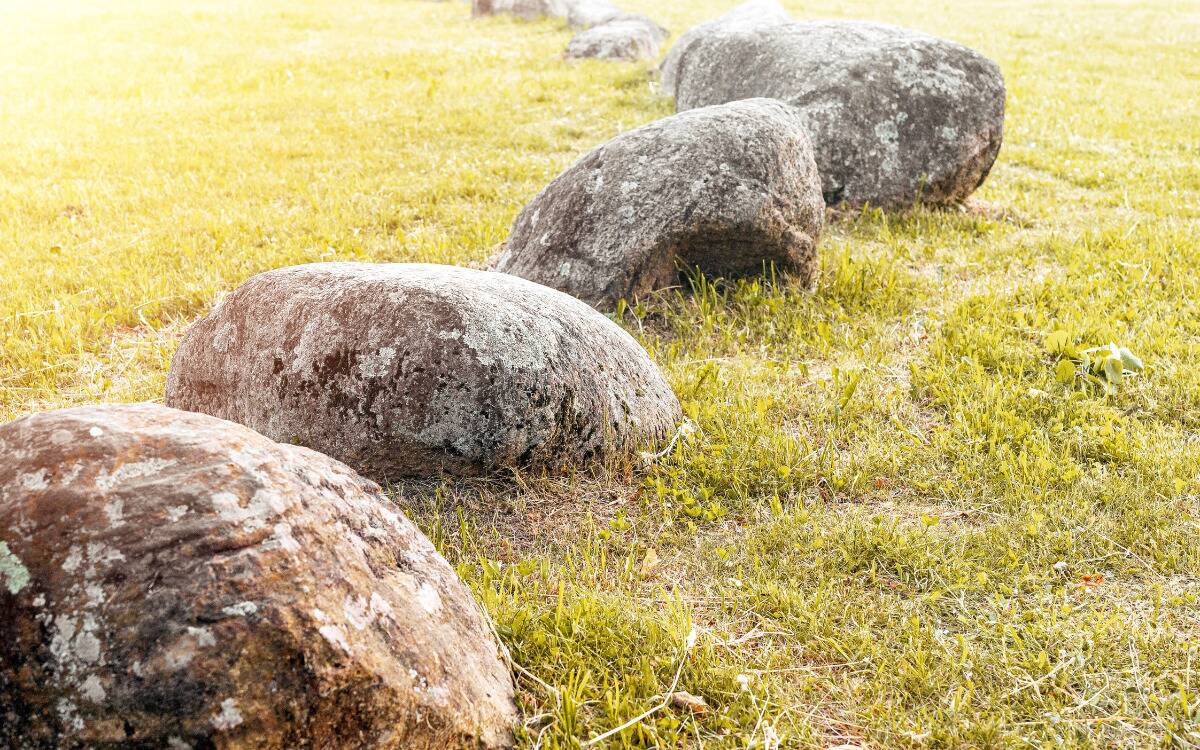
In ancient Greek beliefs, there was a creature called a revenant, which was essentially a vengeful, undead spirit who walked among the living. Some people were believed to be destined to have their spirits return as revenants after they passed. This included unpopular people, old people, being born on an inauspicious date, being the seventh child in a family, or if an insect touched your dead body. Check any of these boxes and you were sure to become a revenant.
Remains of a Greek outpost in whSicily provided insight into how these people's corpses were dealt with. Large millstones were placed on their heads and arms, likely believed to properly weigh down the body so they could not climb their way out of their graves. Some were also buried upside-down, a practice called 'prone burials', so if the corpse started digging, they would only go further down.
Ireland - Stones In Their Mouths
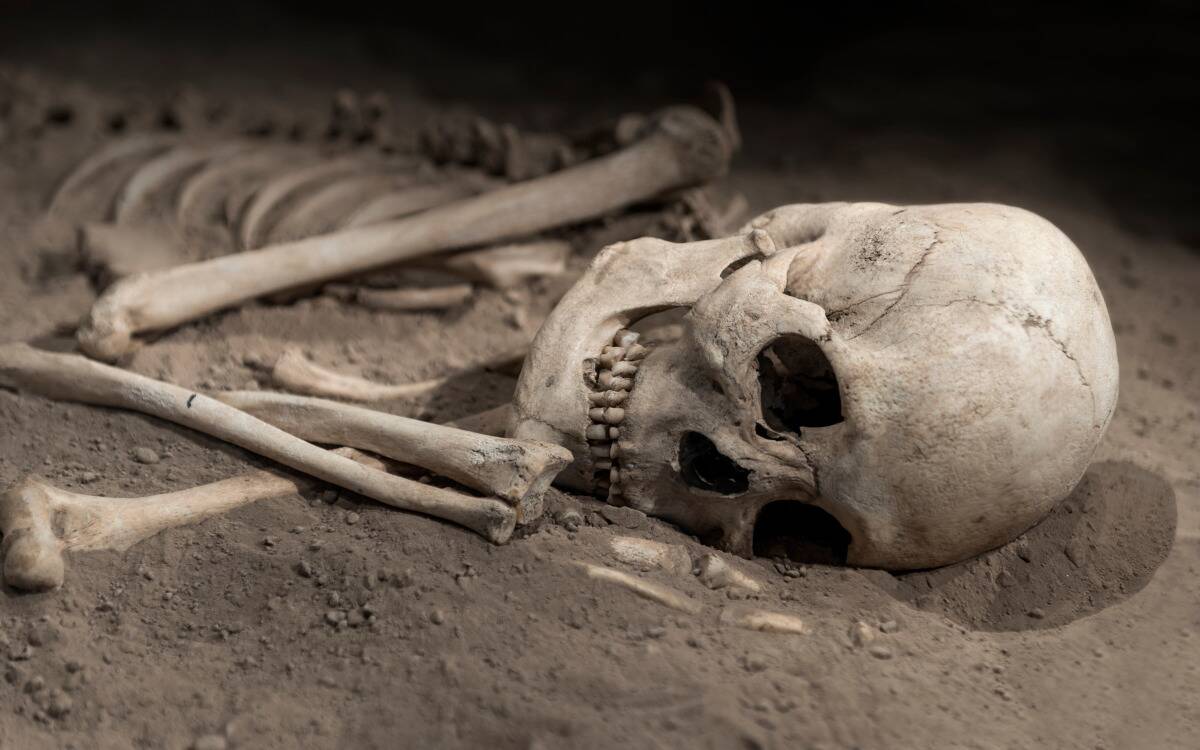
The concept of revenants were also present in old Celtic Irish beliefs, but they had their own ways of dealing with them, though both involved rocks.
Eighth-century bodies with large stones in their mouths were discovered in Ireland, one stone even having dislocated one of the corpse's jaws in the process. Rather than using the stones to weigh the physical body down, they believed that a stone in the mouth would stop the evil spirit from escaping the body, blocking its exit.
Chris Read, head of Applied Archaeology at the Institute of Technology in Sligo, Ireland, said the mouth "was viewed as the main portal for the soul to leave the body upon death. Sometimes, the soul could come back to the body and re-animate it or else an evil spirit could enter the body through the mouth and bring it back to life."
England - Herding Them Together
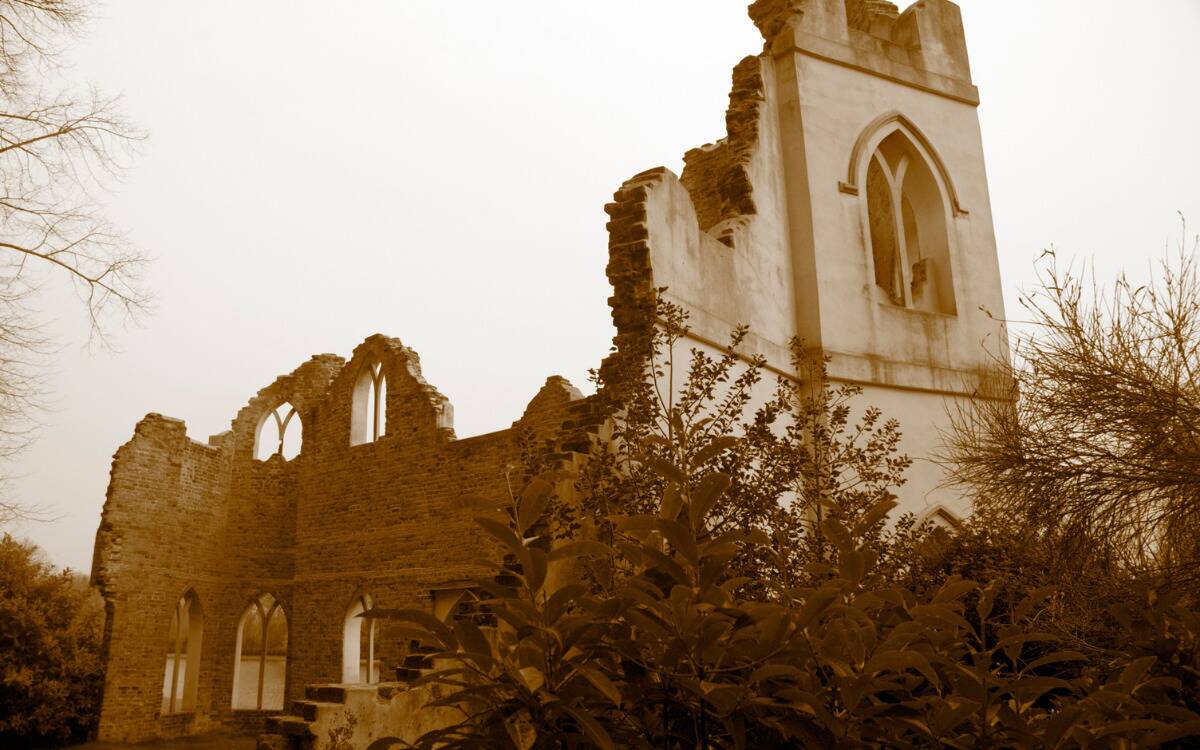
The English went all out when making sure their dead wouldn't ever come back to life. In 2017, an analysis of 137 bones found in a burial site within a deserted village in North Yorkshire found evidence of burning, decapitation, and dismemberment. The team behind the discovery originally believed it to be a case of cannibalism, they eventually saw that it was a similar suppression of revenants.
The bones found weren't all destroyed at the same time, instead, the collection amassed over two centuries. Teeth analysis proved the bodies to be locals, and every single one was thrown into the same communal pit over the course of generations. They believe this hints at a societal belief that a zombie apocalypse could happen, so it's best to keep them all in one place.
Zoroastrianism - The 'Tower Of Silence'

This next ritual is more tied to a specific religion, that being Zoroastrianism. Zoroastrianism is of Iranian origin and one of the world's oldest organized religions at roughly 3500 years old.
Within their beliefs was a ritual known as dakhma, or a 'tower of silence.' The 'tower' was a raised tomb on which a corpse was placed to it would avoid contact with the sacred earthly elements, earth, fire, and water.
Also, as the body was exposed to the open air, predator animals such as vultures would come feast on the corpse. They believed that by the bones being picked clean of meat, it was less likely to be contaminated by a type of demon called a Nasu. Once the body was clean enough, its remains were dumped into a pit to decompose. The graves and towers would eventually need to be destroyed when moving or not in use to ensure that no evil spirits could use it to enter our world.
Modern-day Zoroastrians don't use the dakhma anymore, instead choosing to bury or cremate their dead. Parsi Zoroastrians in India, however, do continue to use the tower in select sacred locations.
Still Afraid
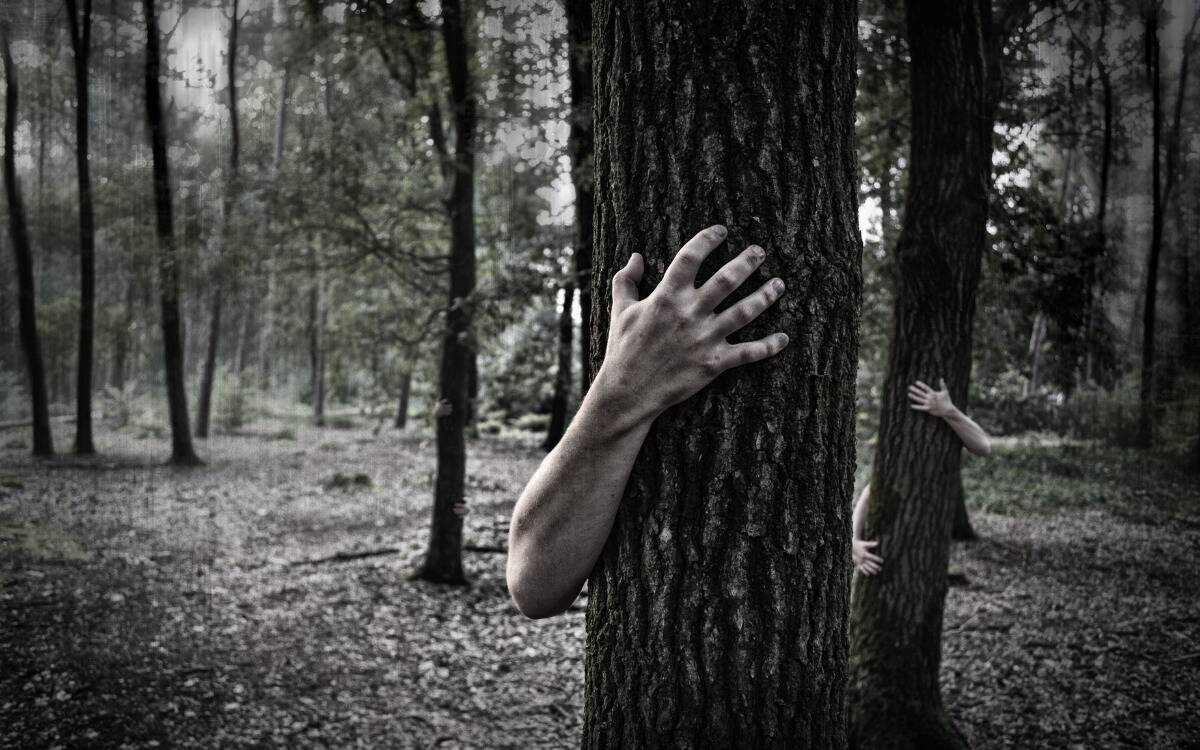
With all these findings, it's evident that zombie prevention rituals have been used throughout time and around the world as people have attempted to protect themselves from the feared undead.
These rituals are all indicative of how important it is to our ancestors to protect against the dangers of zombie attacks, believing undead spirits to have great power and a knack for holding a grudge. Though our modern zombies probably look far different from those that generations past worried about, knowing that the cultural worry about someone dying only to wake back up again is still prevalent is sort of funny.
Despite all our advancements and improvements, our primal fears remain the same. Such is being human, I suppose.
If you're looking for more information on your life using another ancient practice, then you'll need your own zodiac reading. We're each on our own unique path and what some struggle with this season, might not be applicable to you too.
Understand your purpose and your potential so that you can take control of your emotions, your life, and your future by clicking HERE.





